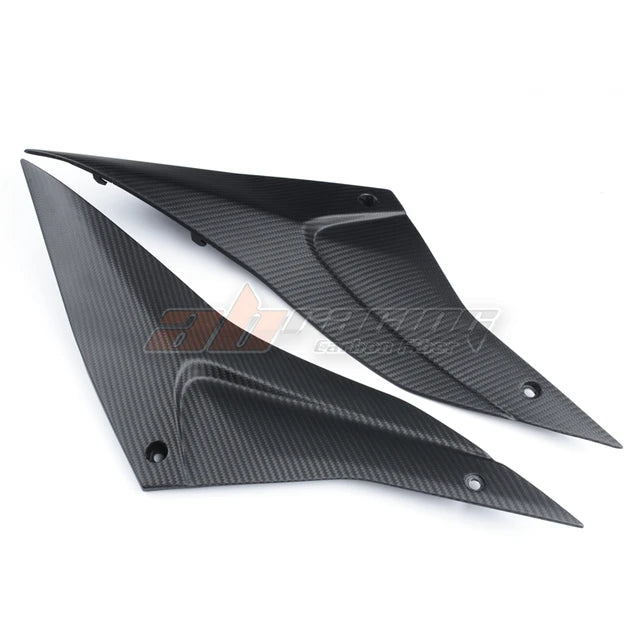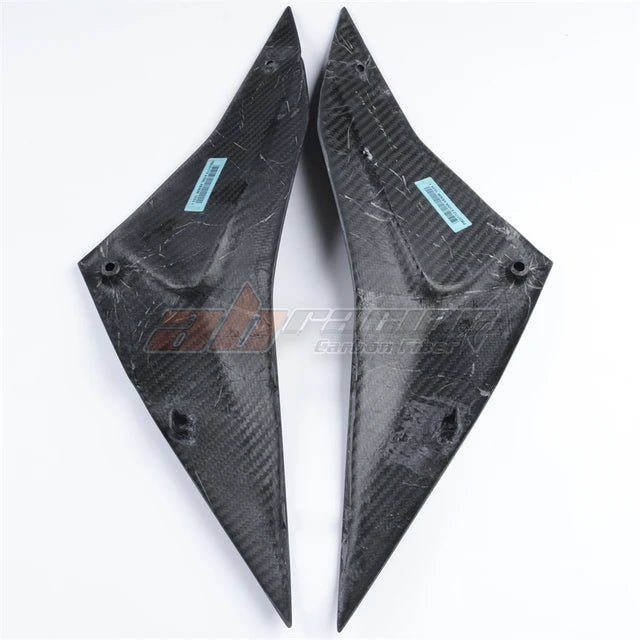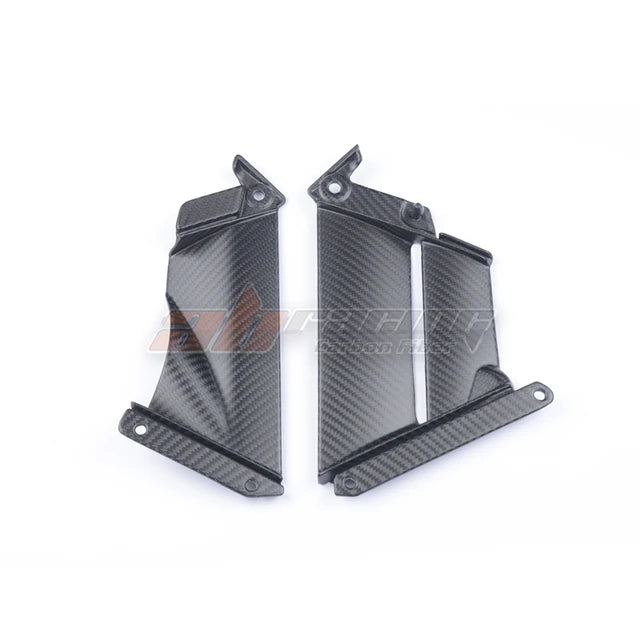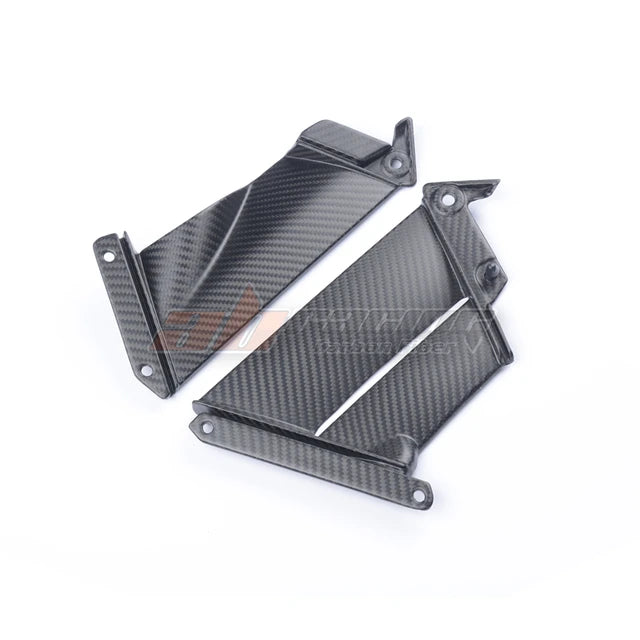
The Environmental Benefits of Carbon Fiber: Eco-Friendly Motorcycle Upgrades

The Environmental Benefits of Carbon Fiber: Eco-Friendly Motorcycle Upgrades
As the world shifts towards more sustainable practices, the automotive and motorcycle industries are not far behind. One material making significant strides in both performance and environmental impact is carbon fiber. Carbon fiber parts for superbikes are increasingly popular, not just for their superior strength and lightweight properties but also for their potential environmental benefits. In this blog, we'll explore how investing in carbon fiber parts for superbikes can be an environment friendly choice, balancing the initial high-energy production process with long-term sustainability.
Understanding Carbon Fiber’s Environmental Impact
Carbon fiber composites, or CFRPs, have become the go-to material in various industries due to their exceptional strength-to-weight ratio. However, the environmental impact of carbon fiber is a topic of debate. The initial production process is energy-intensive, often raising questions about its eco-friendliness. Despite this, the long-term benefits and recyclability of carbon fiber parts for superbikes make them an attractive, environment friendly option.
The Pros and Cons of Carbon Fiber’s Environmental Impact
Pros:
Recyclability and Reusability:
Many carbon fiber parts are recyclable and can be reused across different industries. The recycling process of carbon fiber composites involves heating the material to separate the epoxy resin, which leaves the usable fibers. This process uses only about 5% of the energy required for the initial production, making it a significantly more environment friendly option in the long run.
Durability and Longevity:
Carbon fiber parts for superbikes are incredibly durable and do not require frequent replacements or repairs. This reduces the overall environmental impact as fewer resources are needed over the lifespan of the motorcycle.
Lightweight Nature:
The lightweight nature of carbon fiber parts means less energy is required during the manufacturing and operational stages. For superbikes, this translates to better fuel efficiency and lower emissions. Lightweight parts also mean less strain on the bike, leading to improved performance and longer-lasting components.
Cons:
High-Energy Production:
The production of carbon fiber involves high temperatures and significant energy consumption. This process currently uses around 40% more energy than the production of stainless steel, emitting harmful petrochemicals and greenhouse gases.
Downcycling:
While carbon fiber is recyclable, the current process often results in downcycling, where the recycled material is of lower quality than the original. This limitation is continuously being addressed, with ongoing research aimed at improving the quality of recycled carbon fiber.
Long-Term Environmental Benefits of Carbon Fiber Parts for Superbikes
1. Reduced Carbon Footprint:
Despite the initial energy-intensive production, the long-term use of carbon fiber parts for superbikes can result in a reduced carbon footprint. The lightweight nature of carbon fiber means superbikes consume less fuel, leading to lower CO2 emissions over time. This makes carbon fiber parts an environment friendly upgrade for those looking to reduce their environmental impact.
2. Improved Fuel Efficiency:
Carbon fiber’s lightweight properties contribute to improved fuel efficiency. Superbikes with carbon fiber parts require less energy to accelerate and maintain speed, which not only enhances performance but also reduces fuel consumption. This is particularly beneficial for riders who use their bikes for daily commutes or long-distance travel.
3. Enhanced Performance and Safety:
The strength and durability of carbon fiber parts enhance the overall performance and safety of superbikes. Better handling, improved acceleration, and more effective braking contribute to a safer riding experience. Additionally, the reduced weight helps in lowering the bike's unsprung weight, which improves suspension performance and comfort, further promoting safer and more enjoyable rides.
4. Innovative Recycling Techniques:
The effectiveness of carbon fiber recycling is continually improving. Scientists are exploring plant-based biomaterials, like lignin, to produce carbon fiber, reducing reliance on fossil fuels. These innovations could make the production process more environment-friendly, further enhancing the sustainability of carbon fiber parts for superbikes.
5. Minimal Maintenance and Longevity:
Carbon fiber parts require minimal maintenance compared to traditional materials. Their resistance to corrosion and wear means that they last longer, reducing the need for frequent replacements. This longevity translates to fewer resources being consumed over the bike’s lifetime, making carbon fiber parts a sustainable choice.
Conclusion
Investing in carbon fiber parts for superbikes is not just about performance and aesthetics; it’s also a step towards more sustainable and environment friendly motorcycling. While the initial production process of carbon fiber is energy-intensive, the long-term benefits, including recyclability, durability, and improved fuel efficiency, make it a viable eco-friendly option. As research continues to improve the production and recycling processes, carbon fiber will likely become an even more sustainable choice for motorcycle enthusiasts.
By choosing carbon fiber parts for your superbike, you contribute to reducing the environmental impact of motorcycling while enjoying the unmatched performance benefits of this advanced material.
Explore the range of high-quality carbon fiber parts available at Turn1 for your superbike and make a choice that benefits both you and the environment.



























